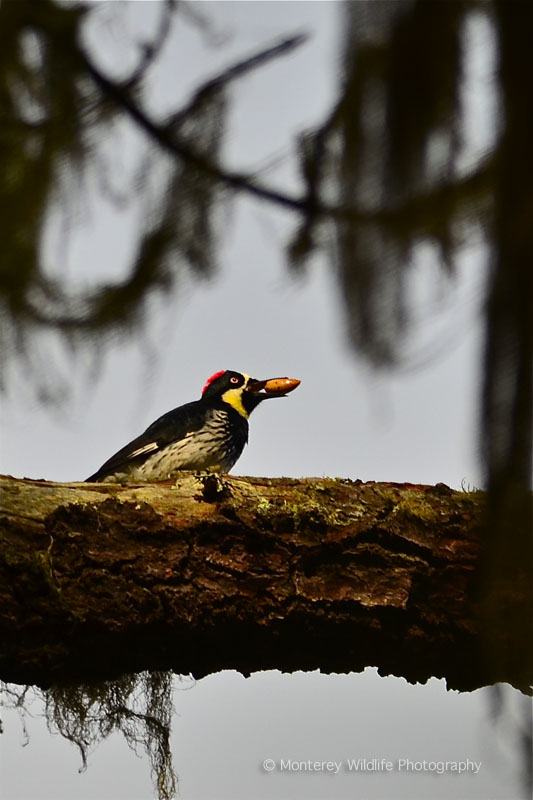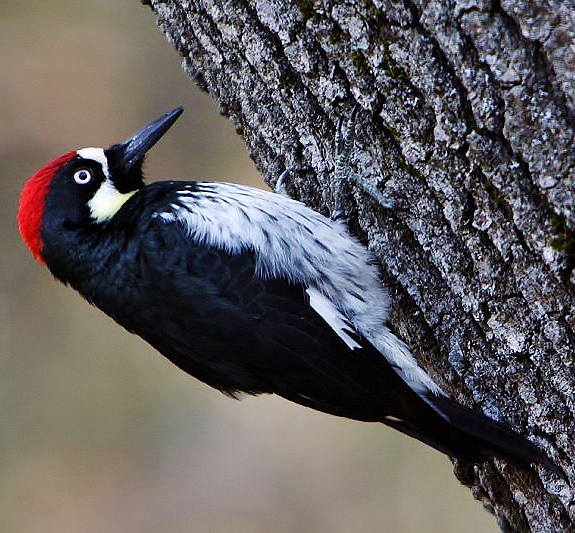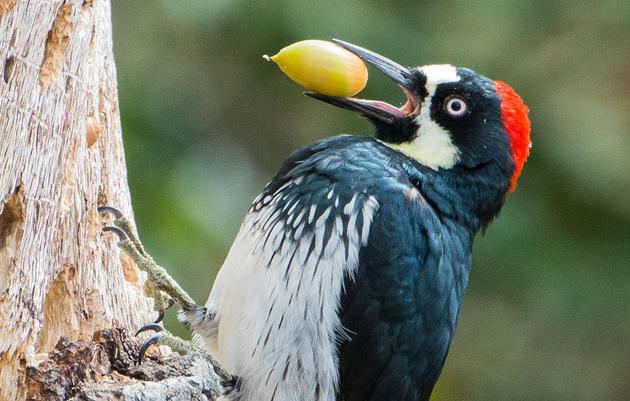

Re-launched in 2003, the new series serves to rebuild the connection thousands of viewers made For more than 50 years, Hinterland Who’s Who has proudlyīeen bringing Canada’s iconic wildlife directly into Canadians’ homes. It all started in 1963, with black-and-white vignettes about the loon, the moose, the gannet and the beaver. Welcome to the Web site for Hinterland Who's Who Knowledge on the possibilities of where and what birds might be present are included. Whether it be by regions, habitat, appearance or maybe colour. Each of these links offer the user different methods to identify birds, Same sites are a great asset to seeking out knowledge on birds in other regions of the world. These are links to websites pertaining to the different birding institutions, societies and organizations here in North America. Return to Birds of North America Home Page Nest is located in a cavity of a tree which both parents have Nesting: Four to five white eggs, one or maybe two broods per year. Like most woodpeckers, they communicate to one another byĭrumming on dry twigs or hollow limbs of trees. Voice: Very loud and noisy, usually made by more than one bird. The juveniles also have a complete red crown but a duller plumage and dark eyes. Large white wing patches become visible when the birds are seen flying. The male with a solid red crown, is distinguished from theįemale, who only has a red cap with a black forehead. Other animals and birds, who also eat them.ĭistinctions: The male and female have mostly a black and white body. They endeavour to protect the acorns from Mature acorn in a separate hole, hence creating a food supply for the winter months. Ready, the woodpeckers peck thousands of acorn-sized holes into the bark of trees. Adults assist one another in the rearing of the young. These birds are found inĬolonies, where there are multiple males and females. The remaining photos were made at aperture preferred setting, f6.3 1/250.The Acorn Woodpecker (Melanerpes formicivorus) is seen in the southwestern areas of North America. The first photo was made at M setting, f6.3 1/500.
#Acorn woodpecker habitat iso#
Photos made with a Canon 5Diii, 400 DO, ISO 500.

These birds are swingers! The males and females may mate indiscriminately (this behavior is called “polygynandry”) and all of the adults will share in raising all of the offspring. It’s not unusual for a mixed group of males and females to build a cluster of nests. They will collectively defend their food caches against interlopers such as jays or ravens. The food storage area is a social gathering point for the woodpeckers. It’s not unusual for a band of these birds to drill hundreds or even thousands of such holes in a tree and to deposit acorns in all of them. They drill holes in the bark of trees and they secrete acorns there as a rainy day food supply. Typically, they live in small flocks or bands of about a dozen birds. In Arizona that means that they live at an altitude of between about 40 feet.Īs their name suggests, acorns are a principal source of food for these woodpeckers, although they will also take insects when they are available.Īcorn Woodpeckers live a communal lifestyle. These birds are inhabitants of oak and pinyon forests. Both males and females of this species have red crests, but the male’s extends all the way to his forehead (the bird shown is a male) whereas the female’s is more of a cap on the back of her head. These gorgeous birds are immediately identifiable by their pale eyes, their black and white faces, and the black ring of plumage at the base of their beaks. This is an extraordinarily beautiful bird and it has a fascinating lifestyle. One of the species we found up there was the Acorn Woodpecker. It also offers nearly 360 degrees of extraordinary views and wildlife that is totally different from what one sees down on the desert at the mountain’s base. The mountaintop is home to one of the world’s most important astronomical observatories. There is a nice paved road all the way to the summit at about 6800 feet. It’s about 40 miles southwest of Tucson and it is the northernmost peak of the Baboquivari chain of mountains. If you’ve never been to Kitt Peak it’s a must-see. Yesterday I rode up to the summit of Kitt Peak, as a guest of Sally Hansen and her husband, Robert Bender.

Life on the slopes of mountains or at their summits can be totally different from what one finds down on the desert floor. Here, habitat is affected greatly by elevation and the presence or absence of water. One of the really fascinating things about living in southern Arizona is the dramatic changes in habitat that one experiences as one drives around. Reminder: You can enlarge any of the photos in this blog by clicking on it.


 0 kommentar(er)
0 kommentar(er)
